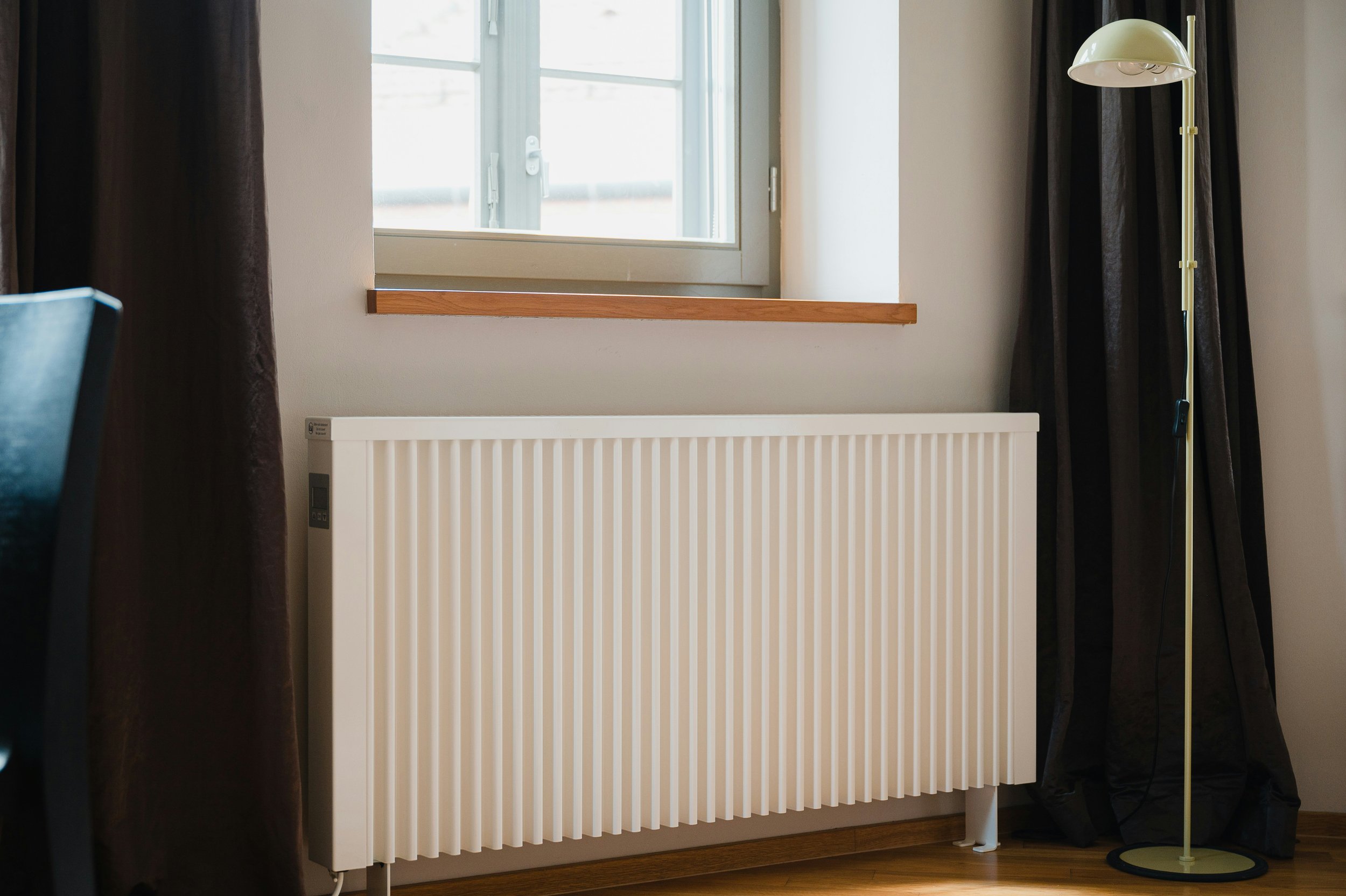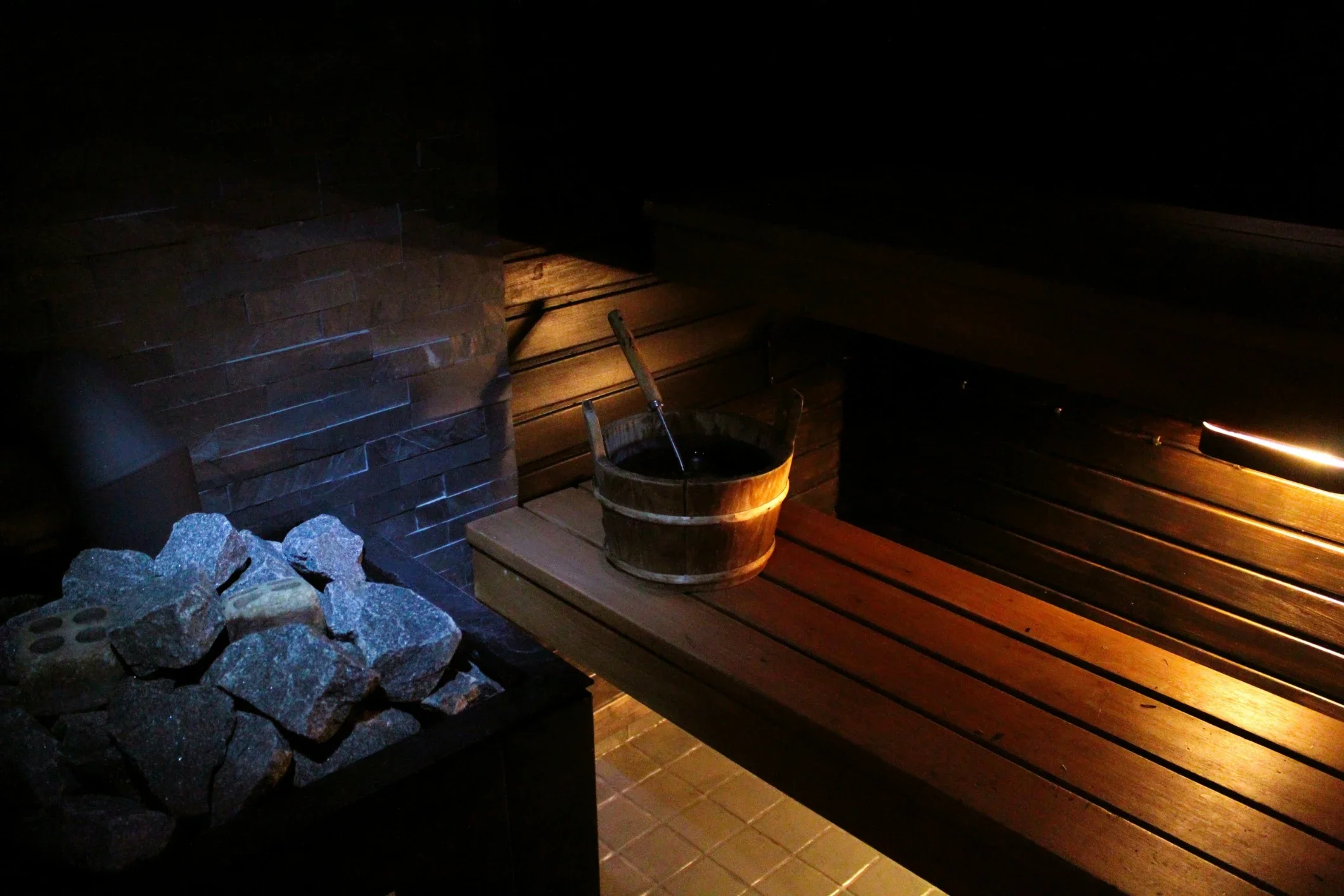What Is a Baseboard Heater? Everything You Need to Know
Discover what a baseboard heater is, how it works, its pros and cons, and if it's the right choice for your home. Learn everything you need to know about baseboard heaters in this comprehensive guide.
When the temperatures start to dip, you want your home to feel like a cozy retreat, right? One way to ensure that warmth is by using a baseboard heater. Now, you might be scratching your head, wondering, “What exactly is a baseboard heater?” You’ve come to the right place because we’re diving deep into this home heating solution, giving you the lowdown on what a baseboard heater is and everything you need to know about it. Spoiler alert: It’s more efficient than you think!
But hold on, what sets baseboard heaters apart from other heating options? Why do so many homeowners swear by them, especially in colder regions? Let's break it down, step by step.
What Is a Baseboard Heater?
Simply put, a baseboard heater is a type of heating system typically installed along the baseboards of a room (hence the name). These heaters use either electric or hydronic (water-based) systems to provide warmth, making them ideal for individual room heating. Unlike forced-air systems, which push warm air through ducts, baseboard heaters rely on convection to heat a space.
Key Features of Baseboard Heaters
Convection Heating: They heat the air near the floor, which then rises, creating a natural circulation of warm air.
Quiet Operation: No noisy fans or blowers—just silent warmth.
Zone Heating: Allows you to heat individual rooms instead of the whole house, which can save on energy bills.
How Do Baseboard Heaters Work?
Now that we've covered the basics, let's explore how baseboard heaters work. There are two main types: electric and hydronic. Each uses a different method to generate and distribute heat, offering distinct benefits for home heating.
Electric Baseboard Heaters
These are the most common type and, as the name suggests, they run on electricity. Electric coils inside the heater generate heat, and the surrounding air absorbs that heat, rising naturally as cooler air moves in to take its place. This creates a consistent flow of warm air without the need for fans or blowers.
Pros of Electric Baseboard Heaters:
Easy to install.
No ducts or vents required.
Perfect for individual room heating.
Cons:
Can be expensive to operate in areas with high electricity costs.
Not the best for large spaces.
Hydronic Baseboard Heaters
Hydronic heaters, on the other hand, use heated water or another liquid as the heat source. A boiler heats the water, which then flows through pipes within the baseboard unit. As the water circulates, it releases heat into the room.
Pros of Hydronic Baseboard Heaters:
More energy-efficient for long-term use.
Retain heat longer even after they’re turned off.
Quieter operation than electric models.
Cons:
Installation can be more complicated.
May require a central boiler system.
Are Baseboard Heaters Energy Efficient?
Here’s where things get interesting. One of the biggest questions homeowners have when considering a baseboard heater is whether or not it’s energy-efficient. The answer? Well, it depends.
Electric baseboard heaters can be less energy-efficient compared to modern HVAC systems, especially in homes with high electricity costs. However, they do offer the advantage of zone heating, allowing you to heat specific rooms rather than the entire house. Hydronic baseboard heaters, on the other hand, are generally more efficient as they retain heat longer and distribute it more evenly.
If you live in a region with moderate winters or only need to heat one or two rooms, baseboard heaters can be a great option. Just remember to close the doors to any unused rooms to keep the heat where you need it most!
Installation and Maintenance
Now, let’s dive into installation and upkeep—because no one wants unnecessary hassle later. Baseboard heaters are generally easy to install, especially electric models, but hydronic ones may require professional help. Fortunately, both types are low-maintenance, needing only occasional cleaning and inspections to ensure smooth operation.
Installing a Baseboard Heater
Installing baseboard heaters isn’t overly complicated, but it does take some basic knowledge to get it right. Electric baseboard heaters are generally easier to install and can often be tackled as a DIY project if you're comfortable with tools and electrical work. These units typically just need to be mounted and wired into the existing electrical system. Hydronic baseboard heaters, on the other hand, are more complex because they require a boiler system to heat the water that flows through the unit. This makes professional installation a smart choice for most homeowners, as it involves connecting to the home’s plumbing and ensuring the boiler functions properly. Regardless of the type, proper installation is key to efficient heating and long-term performance.
Some quick tips for installation:
Place the heater under windows for optimal airflow.
Keep furniture and drapes at least 12 inches away to avoid blocking the heat.
Make sure the heater is level for even heat distribution.
Maintenance Tips
Baseboard heaters are wonderfully low-maintenance, but they still need a little attention to stay efficient. Regular dusting helps prevent buildup that can block airflow, and it’s a good idea to occasionally check the wiring on electric models or inspect hydronic units for leaks. With minimal upkeep, they’ll continue to provide reliable, steady warmth for years.
Dust them regularly: Dust can accumulate in the fins, reducing efficiency.
Check the wiring (for electric models): Ensure there are no loose or frayed wires.
Inspect for leaks (for hydronic models): If you notice any pooling water, it could indicate a problem with the pipes.
Pros and Cons of Baseboard Heaters
Here’s a quick breakdown of the pros and cons to help you decide. Baseboard heaters offer quiet operation, easy installation, and the ability to heat specific rooms. However, they can be expensive to run, especially electric models, and may not efficiently heat large spaces. Additionally, you’ll need to be mindful of furniture placement to avoid blocking the airflow.
Pros
Zone Heating: Heat individual rooms, not the whole house.
Quiet Operation: No noisy fans or blowers.
Low Installation Costs: Especially for electric models.
Cons
Electricity Costs: Electric models can be pricey to run in certain areas.
Limited Range: Not ideal for heating large spaces.
Furniture Placement: You need to be mindful of where you place furniture to avoid obstructing the airflow.
Is a Baseboard Heater Right for Your Home?
This is the million-dollar question, isn’t it? Whether a baseboard heater is the right choice depends on your specific needs. If you’re looking to heat a few rooms independently or live in an area where electricity isn’t exorbitantly expensive, an electric baseboard heater might be just the ticket. On the other hand, if you want long-lasting heat and are okay with a more complex installation, hydronic models are worth considering.
Ideal Scenarios for Baseboard Heaters:
Small to medium-sized rooms.
Homes without ductwork.
Spaces that require quiet operation, like bedrooms or offices.
Conclusion
So, what is a baseboard heater? Everything you need to know boils down to a simple, effective, and quiet heating option for individual rooms. Whether you opt for electric or hydronic models, baseboard heaters can be a great addition to your home if used correctly. They offer flexibility, low maintenance, and the comfort of targeted warmth. Just remember, they’re not for every space or climate, so weigh the pros and cons before making your decision.
At the end of the day, whether it’s the quiet operation or the ability to heat only the rooms you use, baseboard heaters continue to be a popular choice for many homeowners.
Frequently Asked Questions
1. Can I leave a baseboard heater on all night?
Yes, you can leave it on, but it’s smart to use a thermostat to keep things comfy. Running it on high all night might dry out the air and spike your electricity bill, so setting the right temperature is key for cozy, energy-efficient warmth.
2. Are baseboard heaters safe?
Absolutely! Baseboard heaters are built with safety in mind, but it’s important to keep flammable items like furniture and curtains at a safe distance. Just follow a few simple precautions, and you’ll stay warm and worry-free.
3. How long do baseboard heaters last?
With proper care, most baseboard heaters can last up to 20 years! Electric models may have a slightly shorter lifespan compared to hydronic heaters, but regular maintenance will keep them running smoothly for years.
4. Do baseboard heaters need to be cleaned?
Yes, regular cleaning is a must! Dust can build up and affect how efficiently your heater works. A quick vacuum with a soft brush attachment along the fins can help your heater run at its best.
5. Can I install a baseboard heater myself?
If you’ve got some DIY skills, installing an electric baseboard heater is totally doable! But if you're thinking about a hydronic system, it’s best to call a pro to handle the installation and ensure everything’s set up properly.
































